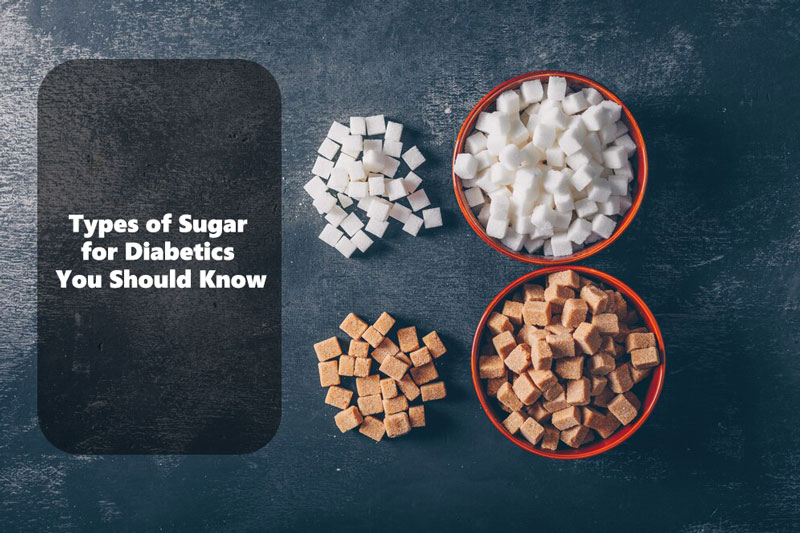Managing Blood Sugar Levels in the Elderly
As people age, the risk of developing diabetes increases. Monitoring blood sugar levels in the elderly regularly is essential for early detection of the disease, which allows for timely interventions to prevent serious complications.
Diabetes in the Elderly
Diabetes, also known as diabetes mellitus, is a metabolic disorder characterized by chronically elevated blood glucose levels, accompanied by disturbances in carbohydrate, lipid, and protein metabolism. Poorly controlled diabetes increases the risk of acute and chronic complications.
Diagnosing diabetes in the elderly can be challenging because they may have multiple concurrent illnesses or cognitive impairment, hindering accurate diagnosis by healthcare providers.
A recent survey revealed that approximately 1 in 5-6 individuals over 60 years old are diagnosed with diabetes. Treating diabetes in the elderly is concerning because most patients have concurrent conditions such as cardiovascular disease, hypertension, and high cholesterol.
Depending on the stage of diabetes progression, treatment methods involving medication and lifestyle changes are preferred to mitigate the risk of dangerous complications in elderly diabetic patients.

Common characteristics of elderly individuals with diabetes include:
- Reduced pancreatic insulin secretion and insulin sensitivity, resulting in higher blood sugar levels. Consequently, controlling diabetes in the elderly is often more challenging than in younger individuals.
- Increased risk of diabetes-related complications affecting the eyes, kidneys, nerves, and blood vessels.
- High prevalence of comorbidities such as cardiovascular disease, liver disease, and cognitive impairment among elderly diabetic patients.
- Age-related decline in kidney function reduces the ability to excrete glucose in urine, leading to higher blood sugar levels.
- Physical frailty complicates blood sugar control, necessitating careful adjustment of exercise regimens, particularly due to the risk of falls during physical activity.
- Elderly diabetic patients are at increased risk of hypoglycemia, with symptoms often nonspecific and challenging to recognize.
Modifying dietary habits, lifestyle, and adopting healthy behaviors pose challenges for the elderly. Given these characteristics, the principles of diabetes management in the elderly differ, focusing on:
- Minimizing the risk of hypoglycemia.
- Accepting relatively higher blood sugar control targets.
- Limiting diabetes-related complications and providing appropriate care.
- Monitoring and maintaining blood pressure and lipid levels within target ranges.
- Preventing dehydration, malnutrition, and infections.

Managing Blood Sugar Levels in the Elderly
For elderly individuals with diabetes, fasting blood sugar levels should ideally remain below 7.5mmol/l or 8mmol/l.
HbA1c levels should be maintained at around 7.5% or even up to 8%, which is still acceptable.
Elderly diabetic patients are at high risk of dehydration, reduced visual acuity, and cognitive impairment, increasing the risk of falls. Additionally, hypoglycemia resulting from diabetes treatment can lead to serious consequences such as falls or exacerbation of comorbidities.
Thus, maintaining blood sugar levels within acceptable limits is crucial to prevent dangerous complications. However, the target blood sugar levels should be tailored to individual health status and life expectancy.
Methods for managing blood sugar levels in the elderly include:
- Self-monitoring blood glucose at home using personal glucose meters, particularly beneficial for patients using medications that can cause hypoglycemia (such as insulin or sulfonylureas). Blood sugar levels should be checked before meals and bedtime.
- Patients who control blood sugar levels through diet or oral medications without the risk of hypoglycemia may not require personal glucose meters at home.
- Regular HbA1c measurements every 3 months for patients with unstable blood sugar levels. If the patient achieves stable blood sugar control, HbA1c testing can be done every 6 months.
- All patients taking hypoglycemic medications or insulin must be trained to detect and manage hypoglycemia.
- Dietary moderation is beneficial for diabetes control in the elderly. However, maintaining a healthy diet can be challenging for some elderly individuals due to common gastrointestinal disorders that predispose them to malnutrition. These issues include difficulty swallowing, loss of appetite, dyspepsia, and gastrointestinal issues such as bloating. Elderly individuals may require additional nutritional therapy in their diabetes management plan, such as supplements, protein, or calorie-rich liquid supplements to maintain weight and alleviate food restrictions.
- Medications used to control blood sugar levels may interact with other medications or supplements. Physicians help patients balance the effectiveness of medication with the risk of hypoglycemia and drug interactions.
Find out more:
See more:





